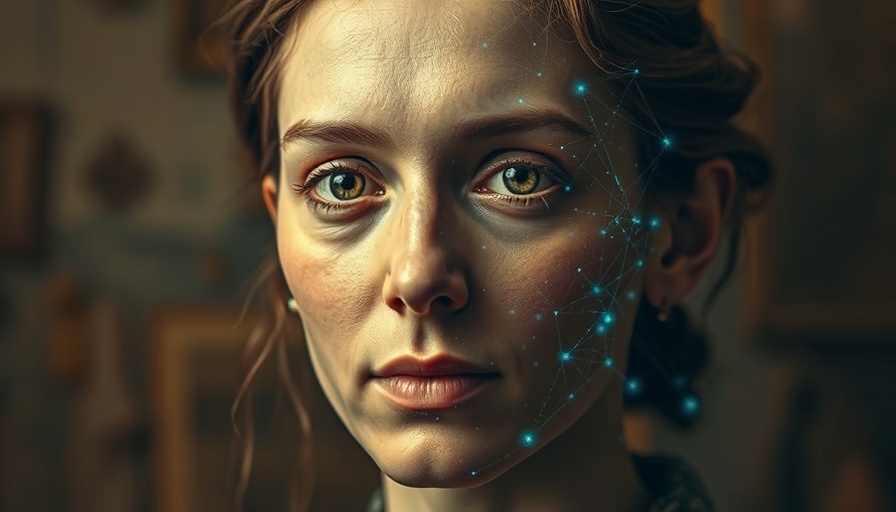
Unlocking the Future of Art Authentication with AI
As artificial intelligence becomes increasingly integrated into various fields, its application in art authentication has emerged as one of the most fascinating developments. Once viewed with skepticism, AI now aids connoisseurs and art historians in addressing one of the most challenging aspects of the art world: distinguishing between genuine masterpieces and counterfeit pieces. The recent debate surrounding a dubious painting claimed to be a lost Van Gogh epitomizes this tension in the high-stakes art market.
A New Age for Artists and Historians
Traditionally, art authentication relied heavily on the subjective expertise of seasoned professionals, but advancements in AI technology mark a significant shift. These systems analyze digital images, assessing brushstroke patterns, color palettes, and other intricate details to ascertain the likelihood of an artwork's origin. For instance, in 2024, the AI company Art Recognition conducted a comprehensive analysis of Rembrandt's The Polish Rider, confirming scholars' conjectures regarding the artist's contributions compared to that of his students and restorers. This melding of hard data and expert insight strengthens the credibility of findings, offering a promising approach to art authentication.
The Science Behind AI Analysis
The ability of AI to authenticate art lies in its statistical analysis capabilities. By examining thousands of pieces, AI can be trained to recognize distinct artistic styles and characteristics, providing a scientific complement to human expertise. This relationship does not render historians obsolete; instead, it serves as a powerful tool that enhances their assessments. The collaborative dynamic between machine and human intelligence is becoming essential, echoing the historical reliance on technologies like x-rays and carbon dating for art verification.
Ethical Implications of AI in Art Authentication
While the integration of AI into art analysis brings immense promise, it also raises ethical considerations. A key issue within the art community is the potential for misuse. What if a painting that appears poorly executed is manipulated with AI-generated evidence to bolster a dubious claim of originality? For example, the controversy surrounding a Minnesota-born oil painting—purchased for under $50 at a flea market and later suggested to be a lost Van Gogh worth millions—serves as a cautionary tale. This scenario raises valid questions about the integrity of art authentication and the motivations of those seeking validation for potentially fraudulent works.
Combining Tradition and Technology for Transparency
As we navigate the complexities of modern art authentication, it is imperative to maintain transparency regarding the procedures and data used to authenticate artworks. While AI can facilitate insights, the final interpretations should rest with art experts to preserve the human touch in art criticism. The ideal approach combines AI's analytical prowess with the rich narratives that art historians provide, ensuring a well-rounded understanding of an artist’s intent and the artwork’s provenance.
Looking Ahead: The Future of AI in Art
The applications for AI in the art world are broadening—beyond authentication into curation, preservation, and even creation. As marketing professionals seek innovative tools to harness potential creative avenues, the integration of AI in art may offer new opportunities for branding and audience engagement. Whether in creating marketing materials or strategizing innovative exhibitions, understanding and leveraging these technologies can foster a deeper connection to the evolving cultural landscape.
As we stand at the intersection of technology and art, the integration of AI in authentication reflects a broader cultural shift that highlights the necessity for adaptability in our fast-paced digital world. Understanding these dynamics will empower business professionals in art, marketing, and beyond to navigate the complexities of this emerging domain responsibly.
Curious about the intersection of technology and art? Join the conversation surrounding the ethics and innovations of AI in art authentication.
 Add Row
Add Row  Add
Add 




 Add Row
Add Row  Add
Add 

Write A Comment